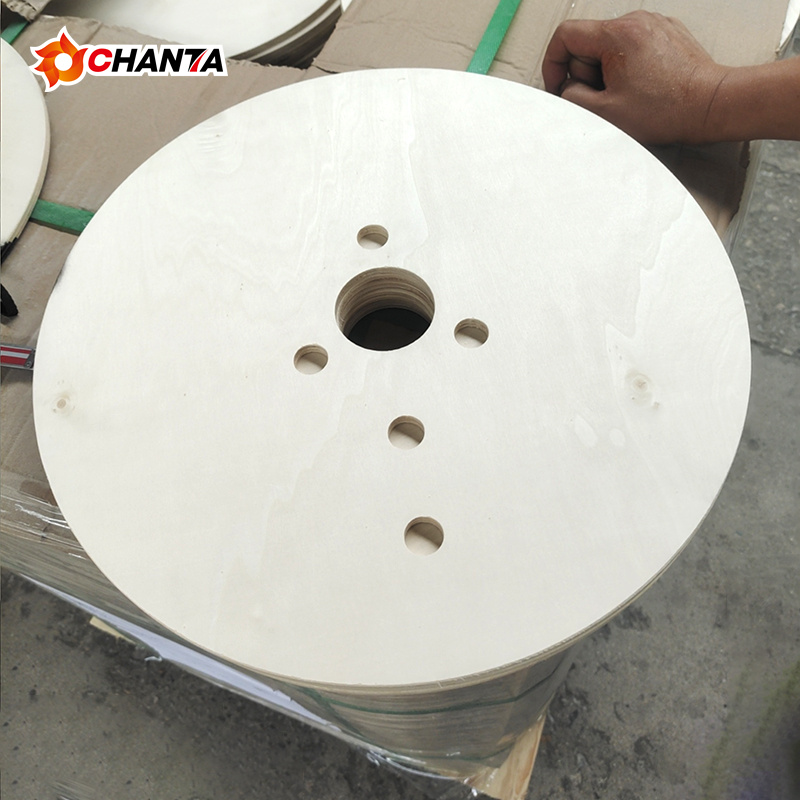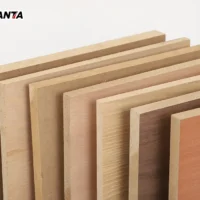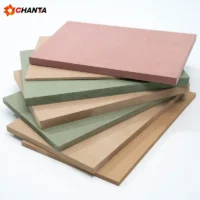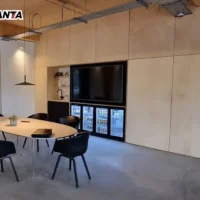Table of contents
- Why Plywood is Popular for Furniture Making
- Types of Plywood Used in Furniture
- Thickness Matters: Choosing the Right Size
- Advantages of Using Plywood in Furniture
- Plywood vs MDF for Furniture
- Tips for Working with Plywood
- Where to Buy High-Quality Furniture Plywood
- Conclusion: Plywood Makes Furniture Stronger and Smarter
Why Plywood is Popular for Furniture Making
Plywood has become a preferred material for furniture makers around the world. Its strength, versatility, and affordability make it a go-to solution for everything from wardrobes to cabinets. Unlike solid wood, plywood resists warping and handles humidity better, which is ideal for long-lasting furniture.
Furniture makers also love the way plywood holds screws and nails. This feature ensures joints stay tight, even after years of use. Moreover, modern plywood comes in various grades and finishes, making it easy to match different interior design styles.
Types of Plywood Used in Furniture
Choosing the right plywood depends on your project needs. Here are some common types used in furniture production:
1. Commercial Plywood
This type is ideal for indoor furniture. It offers a good balance between cost and performance. Use it for wardrobes, dressers, and bookshelves.
2. Marine Plywood
While mainly used for moisture-prone areas, marine plywood also serves well in kitchen cabinets and bathroom furniture. It uses waterproof glue and higher-grade veneers.
3. Hardwood Plywood
Made from species like birch or poplar, hardwood plywood provides extra strength and durability. It’s perfect for heavy-duty furniture like beds or tables.
4. Decorative Plywood (Melamine or Veneered)
This type adds visual appeal. Manufacturers bond decorative laminates or natural veneers to the plywood surface. It helps create furniture with attractive finishes.
Thickness Matters: Choosing the Right Size
Most furniture projects use plywood between 12mm and 18mm. For example:
- Use 12mm for cabinet backs or drawer bottoms
- Use 15mm or 18mm for doors, shelves, and panels that need strength
Thicker boards reduce vibration and bending, especially in large surfaces like table tops or closet doors.
Advantages of Using Plywood in Furniture
Here are a few reasons why plywood outperforms other materials in furniture making:
- Dimensional Stability: It doesn’t shrink or expand much with temperature or humidity changes.
- Cost-Effective: It’s more affordable than solid wood while offering similar strength.
- Smooth Surface: Easy to laminate, paint, or veneer for a clean, modern look.
- Customizable: Available in various thicknesses, grades, and wood species.
- Eco-Friendly Options: Many plywood manufacturers offer low-formaldehyde or E0/E1 grade boards for safe indoor use.
Plywood vs MDF for Furniture
Some people consider MDF (medium-density fiberboard) for furniture too. While MDF is smoother and cheaper, plywood wins in terms of:
- Moisture resistance
- Load-bearing capacity
- Nail/screw holding power
- Long-term durability
Use plywood for structural parts and MDF for lightweight decorative panels if needed.
Tips for Working with Plywood
To get the most out of plywood in your furniture projects, follow these practical tips:
- Always seal the edges to avoid moisture entry
- Use sharp blades to cut clean edges without chipping
- Sand lightly before painting or veneering
- Choose waterproof or BWP-grade plywood for kitchen and bathroom furniture
Where to Buy High-Quality Furniture Plywood
Reliable plywood suppliers offer consistent quality, proper thickness, and accurate core layers. When sourcing, look for:
- WBP glue or E1/E0 grade certifications
- Smooth face veneer (no gaps, cracks, or patches)
- Stable core construction with minimal voids
- Plywood sheets with straight, square edges
If you’re buying in bulk for furniture manufacturing, contact wholesalers with experience in plywood export and packaging.
Conclusion: Plywood Makes Furniture Stronger and Smarter
Plywood for furniture is more than just a cost-saving alternative. It combines strength, beauty, and workability—qualities every furniture maker values. Whether you’re building for a home, office, or commercial space, plywood delivers performance that lasts.
Choose the right type and thickness, work with a trusted supplier, and you’ll create furniture that not only looks good but also stands the test of time.
















